 This is a deep-fried pond smelt with butter( wheat flour and crumb ).
This is a deep-fried pond smelt with butter( wheat flour and crumb ).Wakasagi ( pond smelt ) has plain tast.
It is not so fishy.
And it is rich in calcium.
I put worcester sauce or mustard on it before eat it.
I introduce you Japanese delicious foods.
 This is a deep-fried pond smelt with butter( wheat flour and crumb ).
This is a deep-fried pond smelt with butter( wheat flour and crumb ).
 Datemaki is a rolled sweet omelet mixed with surimi(fish paste).
Datemaki is a rolled sweet omelet mixed with surimi(fish paste).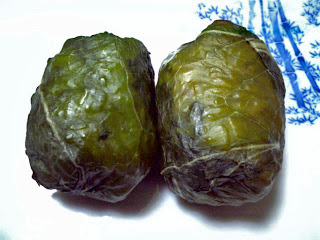
 Meharizushi is a rice ball covered with pickled takana leafe.
Meharizushi is a rice ball covered with pickled takana leafe. Tendon is a bowl of rice topped with tempura.
Tendon is a bowl of rice topped with tempura.

 " Kintoki-mame" is a kind of bean.
" Kintoki-mame" is a kind of bean.

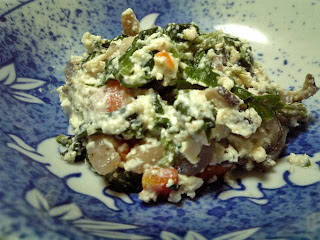 "horenso" means spinach.
"horenso" means spinach. This is fried octopus dumpling (ball).
This is fried octopus dumpling (ball).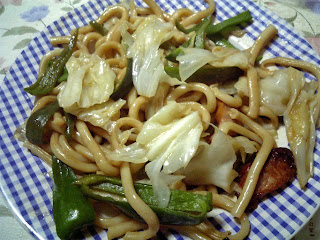 Udon is thick white noodle made from whaet flour.
Udon is thick white noodle made from whaet flour. This is also called "Gomoku Hijiki" .
This is also called "Gomoku Hijiki" . This is a boiled spinach seasoned with soy sauce.
This is a boiled spinach seasoned with soy sauce.
 Kamaboko is a traditional Japanese food which is made fron ground white fish meat
Kamaboko is a traditional Japanese food which is made fron ground white fish meat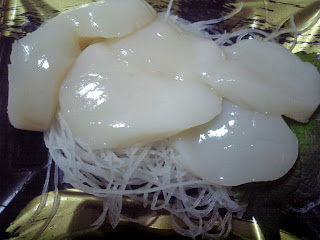 This is scallop sashimi.
This is scallop sashimi. Sunomono is a type of Japanese dish which is made by mixing some ingrente to vinedgar ( "Awase zu) which is made by mixing some seasonings to vinegar.
Sunomono is a type of Japanese dish which is made by mixing some ingrente to vinedgar ( "Awase zu) which is made by mixing some seasonings to vinegar.



 Chikuwa is a traditional Japanese food which made from ground fish meat seasoned.
Chikuwa is a traditional Japanese food which made from ground fish meat seasoned. We often stuff some ingredients into center hole of Chikuwa such as cucumber.
We often stuff some ingredients into center hole of Chikuwa such as cucumber. Zarusoba is a cold type soba dish.
Zarusoba is a cold type soba dish.
 Photo above is long narrow shaped Konnyaku.
Photo above is long narrow shaped Konnyaku.
 Miso is femented soy bean paste.
Miso is femented soy bean paste.

 Hirame is a one of flat fish.
Hirame is a one of flat fish.
 Photo above is aburaage cut to half.
Photo above is aburaage cut to half. Kinpira is a type of Japanese dish which is made by sauteing and simmering shreded vegetables.
Kinpira is a type of Japanese dish which is made by sauteing and simmering shreded vegetables.

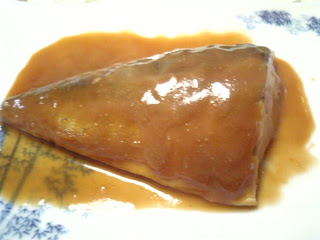
 Ohagi is sweet rice ball.
Ohagi is sweet rice ball. Photo above is Kinako version.
Photo above is Kinako version. Fish sausage is made from fish meat, lard, some seasoning and some spice.
Fish sausage is made from fish meat, lard, some seasoning and some spice. I think fish sausage is aloso good for ingredient of Yasai Itame , Yakisoba , and so on.
I think fish sausage is aloso good for ingredient of Yasai Itame , Yakisoba , and so on. Photo above is fish sausage sold in supermarket.
Photo above is fish sausage sold in supermarket.
 This is simmered kiriboshi-daikon.
This is simmered kiriboshi-daikon. Photo above is packed kiriboshi-daikon.
Photo above is packed kiriboshi-daikon.
 This is a popular dish in fall and winter.
This is a popular dish in fall and winter. This is grilled pacific saury with salt.
This is grilled pacific saury with salt.
